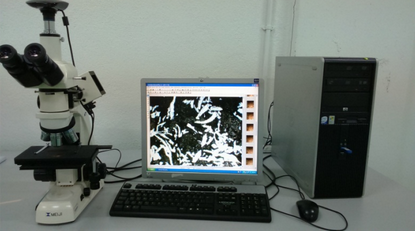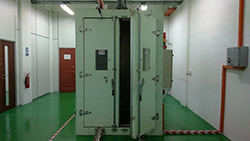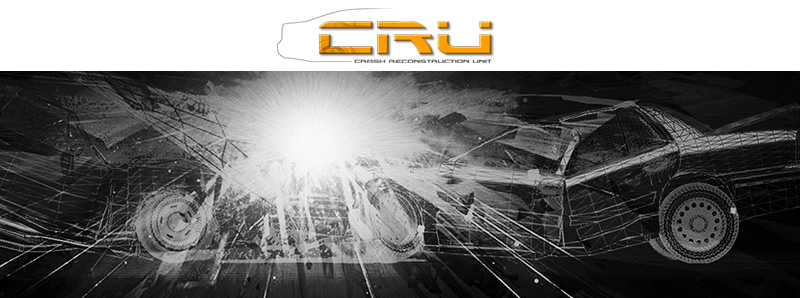Core Expertise |
Additional Expertise |
| |
Crash Investigation and Reconstruction |
|
CRU conduct high profile road crash investigation and reconstruction throughout Malaysia. The team consist of crash analyst who use crash information to reconstruct the crash events and determine the critical values in the crash such as impact speed, travel speed, change in velocities (DV) and Energy Euqivalent Speeds (EES). Causal relationship and factors that contribute to crashes and the resulting injuries are also determined. |

|
| |
Injury Analysis |
|

|
CRU team performs injury analyses related to traffic accidents investigation and automotive research. Injuries are analyzed to determine injury sources and mechanisms. Our team are trained to code injuries based on well-established international injury scaling techniques such as the Abbreviated Injury Scale (AIS). |
| |
Crash Data Analysis |
In addition to full crash investigations CRU also analyzes crash data from various other sources of crash data such as police accident data, vehicle insurance data, department of road transport record and other related goverment agencies. Sophisticated statistical techniques are employed to analyze the data comprehensively and identified in detail the factors that contribute to crashes. |

|
| |
In-Depth Crash Database |

|
The data from operational crash investigations conducted by CRU is keep in a database called Crash Investigation and Reconstruction Database (CIRD). This special database is a comprehensive database designed and developed for Malaysia conditions, and is based on Co-Operative Crash Injury Study (CCIS) from UK. |
| |
Umanned Aerial Vehicle (UAV) Air Surveillance |
|
CRU team has been developing an Unmanned Aerial Vehicle (UAV), which is a multi- rotor quadcopter type to assist in depth crash investigation in Malaysia. This UAV is equipped with a heavy duty camera specially designed for aerial photography in order to obtain overview of crash dynamics from higher angle. Moreover, this UAV is capable of filming High Definition video while hovering and maneuvering in the air and can be operated within a one-kilometer radius from the ground station. |

|
| |
Material Analysis |
|

|
CRU Material Properties Laboratory offers a variation of material analysis techniques which includes material sample preparation, materials research, materials characterization and failure analysis. We used primarily imaging (optical and scanning electron microscopy) and chemical methods (energy dispersive x-ray combined with SEM). |
| |
Aging Analysis |
|
Our laboratory also equipped with accelerated ageing, where material is tested on specified environmental conditions of heat, oxygen and stress to speed up the normal aging processes of items. The study is useful in order to determine the long term effects of expected levels of stress within a short time. |

|

